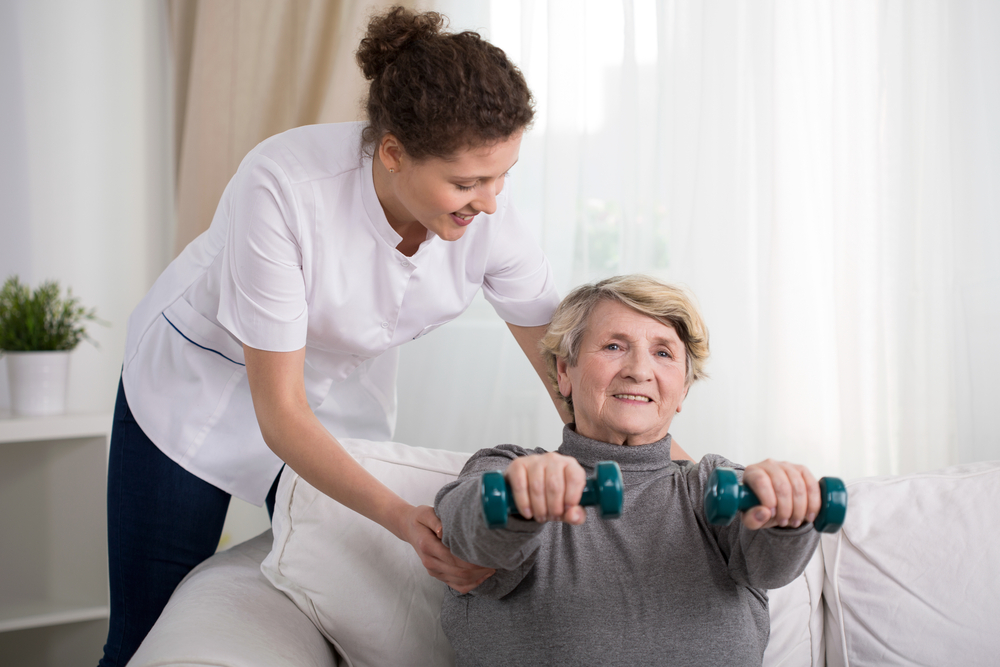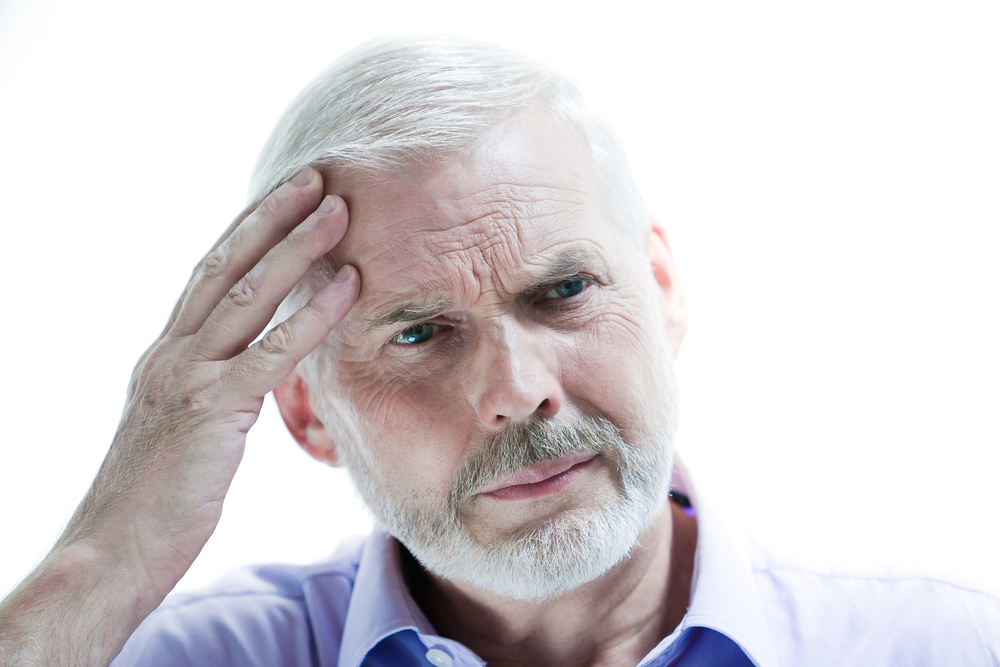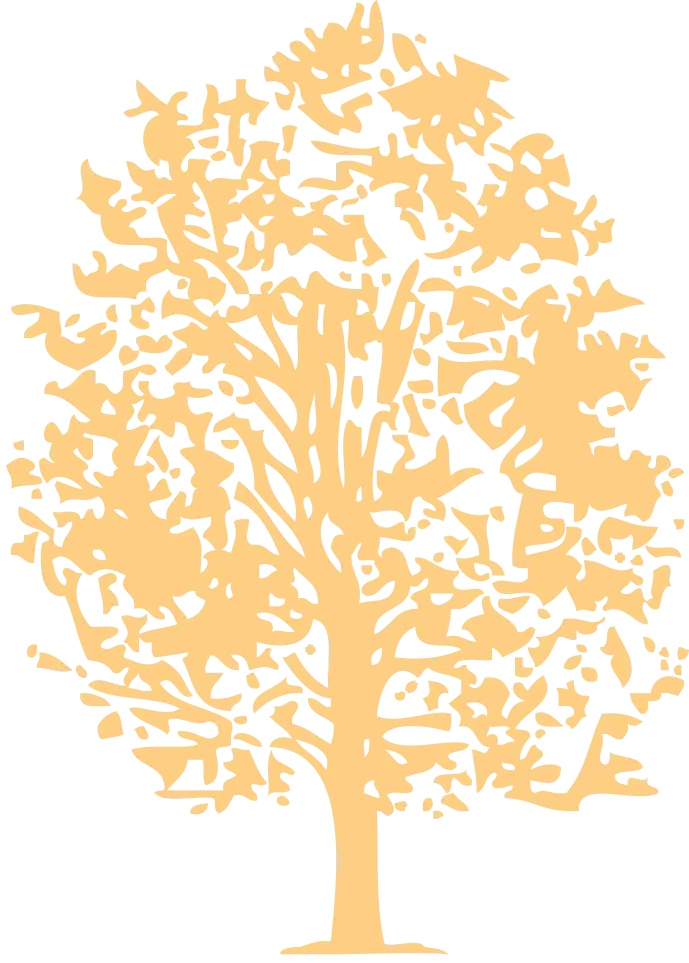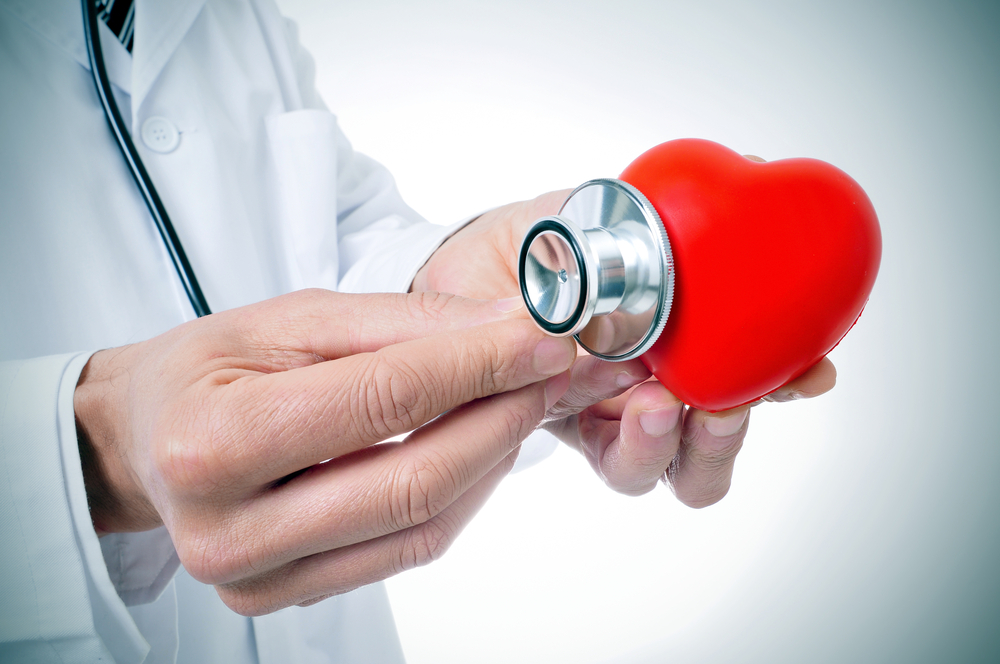
Stroke: Recovery and Rehabilitation
September 29, 2021
3 Mental Exercises to Prevent Memory Loss
November 3, 2021The cardiovascular system is the network of organs, cells, and vessels that transports blood throughout your entire body. This system is one of the vital parts of the body since it carries and transports the most important element that our body needs – oxygen. It is impossible for a person to live without oxygen; therefore, without a functional cardiovascular system, a person will not be able to operate at full capacity and may need some for life support to live.
Parts of the Cardiovascular System
Heart – The heart is a muscular organ that pumps blood. It sends oxygenated fluid to all parts while removing waste products such as carbon dioxide or excess salt from around 100 trillion red blood cells per second. It is a complex network of vessels whose purpose is to distribute blood throughout the body. The structure and function of this vital organ can be broken down into different parts, such as arteries and veins.
Arteries – The arteries are blood vessels that carry oxygen-rich fluid from the lungs and deliver them to the cells and tissues of the body to be consumed for nutrition.
Veins – The veins carry deoxygenated blood from the cells back to the heart to be pumped to the lungs for oxygenation. Once oxygenated, the blood will then flow to the arteries again for distribution.
Coronaries – The coronary arteries are the vessels that supply the heart muscle with its own blood supply.
Blood – The blood acts like a vehicle where nutrients, chemicals, waste products, hormones, and oxygen ride in order to get through their destination – the cells. The blood also contains various protective components to fight infection and injury. When a person is sick, a component in the blood called the T-cells is activated to fight off the virus or bacteria. And when the person is injured and has an open wound, the blood activates a component called the platelets to promote blood clotting to avoid heavy bleeding.
Lungs – Lungs are not part of the main cardiovascular system but serve the role of oxygenating the blood for cell nutrition.
What are the functions of your Cardiovascular system?
- Transports oxygen
- Helps cells take in nutrients
- Remove waste products
- Protect us from disease and infection
- Stops bleeding after injury
- Delivers hormones to target organs and tissues
- Regulates body temperature
Taking care of the Cardiovascular System
Any or all parts of the cardiovascular system can be affected by abnormalities or injuries, resulting in serious health complications. The most common conditions that affect the cardiovascular system include coronary artery disease, heart attack, hypertension, and stroke. Always keep your cardiovascular system healthy by practicing the following: Eat healthy fats, NOT trans fats, practice good dental hygiene, especially flossing your teeth daily, get enough sleep, don’t sit for too long at one time, and avoid secondhand smoke.
It’s important for everyone, young or old, healthy or unhealthy, active or sedentary, to take care of their heart health. If you are experiencing any symptoms related to your cardiovascular health, don’t hesitate to contact us at Maplewood Sauk Prairie Health and Rehabilitation Center.
Reference:
http://www.cancerindex.org/medterm/medtm8.htm
https://www.britannica.com/science/human-cardiovascular-system
https://my.clevelandclinic.org/health/body/21833-cardiovascular-system


